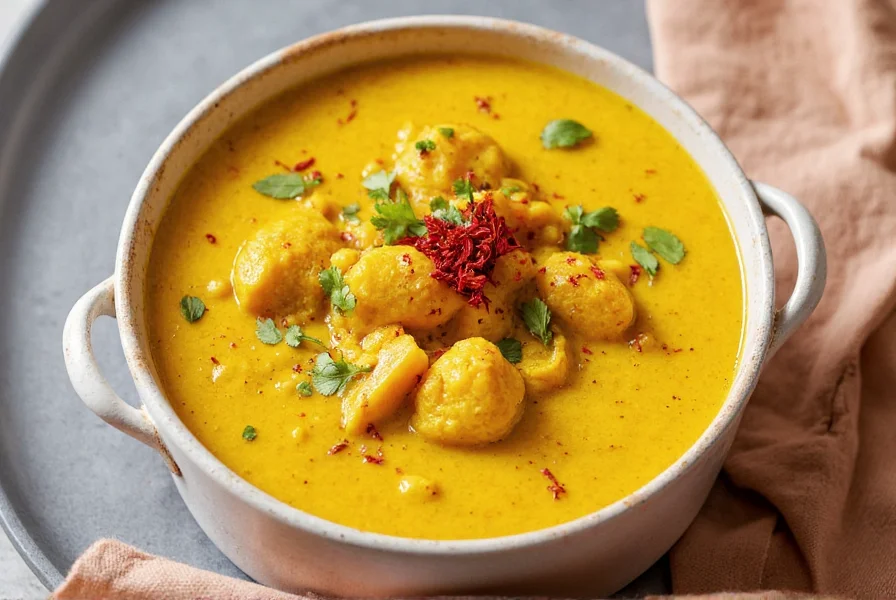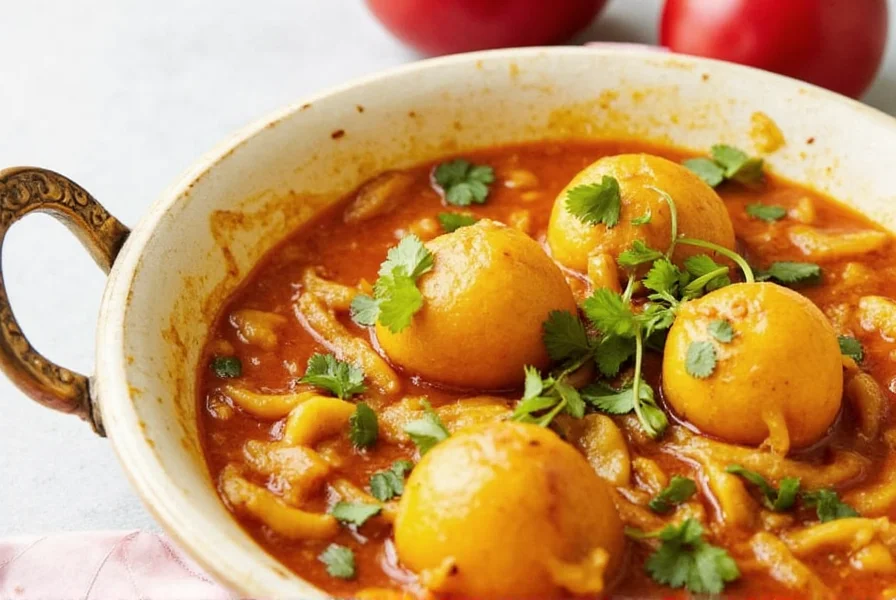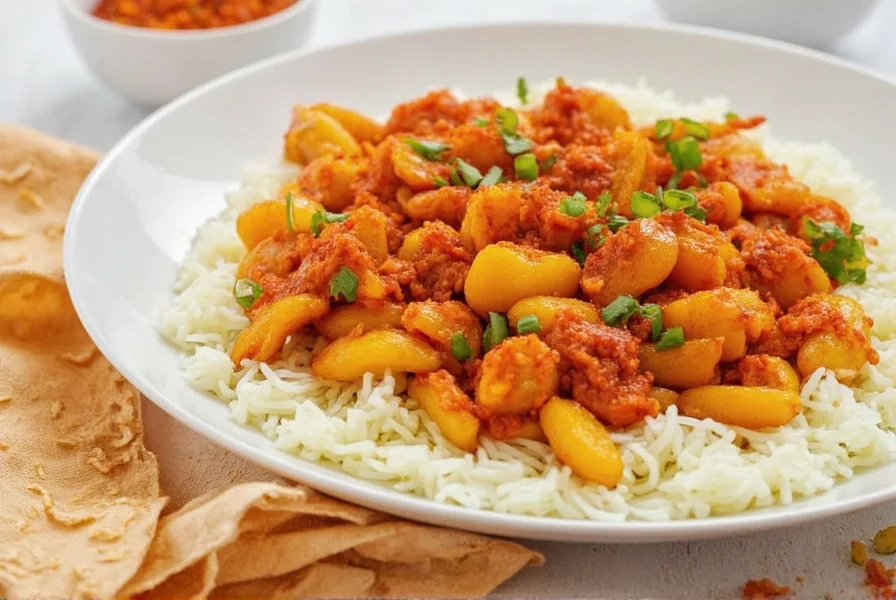Saffron's distinctive golden hue and complex floral aroma make it indispensable in many global cuisines. Properly using this delicate spice requires understanding its unique properties. Unlike other spices, saffron threads must be carefully hydrated before use to release their full flavor potential. This guide provides professional techniques for maximizing saffron's impact while avoiding common preparation mistakes that waste this valuable ingredient.
The Science of Saffron Preparation
Before exploring recipes, understanding saffron's chemical composition is crucial. The active compounds crocin (for color), picrocrocin (for taste), and safranal (for aroma) require specific activation. Professional chefs universally agree that steeping threads in warm liquid for 15-20 minutes before incorporation yields optimal results. Never add dry threads directly to dishes - this wastes up to 70% of their potential flavor.
| Saffron Quality Indicator | High-Grade Saffron | Lower-Grade Saffron |
|---|---|---|
| Color | Bright crimson red with orange tips | Dull red or uneven coloring |
| Thread Integrity | Intact, trumpet-shaped threads | Broken or powdered |
| Aroma Test | Strong honey-floral scent when rubbed | Weak or musty smell |
| Water Test | Produces rich golden-yellow color within minutes | Produces pale yellow or reddish tint |
Essential Saffron Handling Techniques
Professional kitchens follow these evidence-based practices for optimal saffron usage:
- Measurement precision: Use a digital scale for threads (0.1g makes 4 servings). Never estimate by volume.
- Activation liquid: Warm broth, milk, or water (never hot) at 140-160°F (60-70°C)
- Steeping time: Minimum 15 minutes, maximum 4 hours for full flavor extraction
- Addition timing: Incorporate during the last 15 minutes of cooking to preserve volatile compounds

Authentic Saffron Recipes That Showcase the Spice
Spanish Paella Valenciana (Serves 4)
This traditional preparation demonstrates proper saffron integration in rice dishes. Authentic paella requires bomba rice, which absorbs saffron's color without becoming mushy.
Ingredients: 0.15g saffron threads, 300g bomba rice, 750ml fish stock, 8 large shrimp, 12 mussels, 1 red pepper, 1 tomato, 1 onion, 4 garlic cloves, 2 tbsp olive oil
Method: Steep saffron in 2 tbsp warm stock for 20 minutes. Sauté vegetables in paella pan, add rice and toast 2 minutes. Pour in remaining warm stock with saffron infusion. Arrange seafood on top. Cook uncovered 18 minutes without stirring. Rest 5 minutes before serving.
Persian Tahdig with Saffron Rice (Serves 6)
Tahdig, the prized crispy rice crust, showcases saffron's transformative power in Persian cuisine. The golden crust forms through precise temperature control and saffron infusion.
Ingredients: 0.2g saffron, 2 cups basmati rice, 4 cups water, 1 tbsp salt, 3 tbsp yogurt, 2 eggs
Method: Soak rice 2 hours. Boil with salt, parboil 8 minutes. Drain. Mix 0.15g saffron with 2 tbsp hot water and 3 tbsp yogurt. Beat 2 eggs. Combine yogurt mixture with 1 cup parboiled rice. Line pot bottom with this mixture. Layer remaining rice on top. Cover with damp cloth. Steam 60 minutes on low heat. Invert onto platter to reveal golden crust.

Avoiding Common Saffron Mistakes
Many home cooks waste saffron through these preventable errors:
- Incorrect temperature: Using boiling liquid destroys delicate safranal compounds
- Insufficient steeping: Adding threads too late in cooking prevents full flavor release
- Poor storage: Exposure to light degrades saffron within weeks (store in dark glass)
- Substitution attempts: Turmeric creates color but lacks saffron's complex flavor profile
When properly used, just 0.1g of saffron elevates simple ingredients into memorable dishes. The key is respecting saffron's delicate nature while understanding its chemical requirements for optimal performance. These authentic recipes demonstrate time-tested techniques that maximize saffron's unique contribution to global cuisines.
Frequently Asked Questions
How much saffron should I use per serving?
Professional chefs use 0.025-0.03g (about 15-20 threads) per serving. This provides optimal flavor without overwhelming the dish. Always measure by weight rather than counting threads, as thread size varies significantly between saffron grades.
Can I substitute saffron in traditional recipes?
While turmeric provides similar color, it cannot replicate saffron's complex floral-honey flavor profile. In authentic Spanish paella or Persian tahdig, substitutions fundamentally alter the dish's character. For budget-friendly alternatives, consider using half saffron with a pinch of turmeric only for color, but never for traditional preparations where saffron defines the dish.
How should I store saffron to maintain freshness?
Store saffron in an airtight container in a cool, dark place away from moisture. Properly stored in dark glass with minimal air exposure, high-quality saffron maintains potency for 2-3 years. Never store in plastic containers or near spices with strong odors. The refrigerator is acceptable only if using vacuum-sealed packaging to prevent moisture absorption.
Why does my saffron rice turn out bitter?
Bitterness occurs when saffron is exposed to excessive heat. Always steep threads in warm (not boiling) liquid below 160°F (70°C). Adding dry threads directly to hot pans or using water above 185°F (85°C) releases bitter compounds. For rice dishes, incorporate the saffron infusion during the last 15 minutes of cooking to preserve delicate flavors.











 浙公网安备
33010002000092号
浙公网安备
33010002000092号 浙B2-20120091-4
浙B2-20120091-4